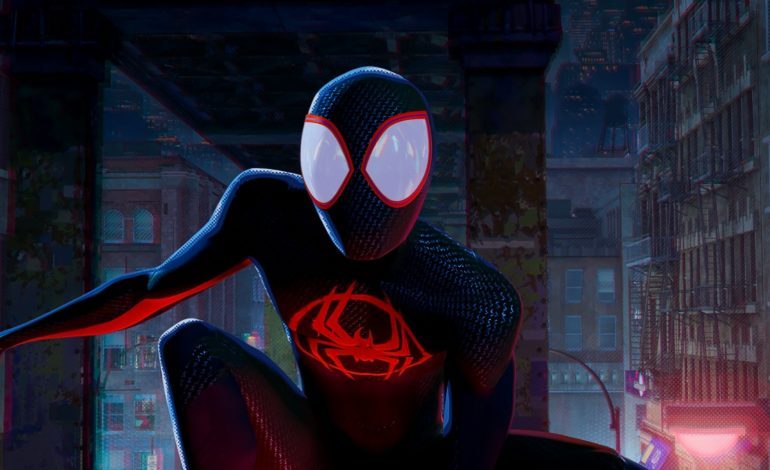

With a new year quickly underway, fans look readily to the upcoming releases for 2024. While there are dozens of movies coming out in the approaching months, a large portion of these are set to be sequels. Listed below are just some of the sequels promised for the next year:
- Dune: Part Two (March 1st)
- Ghostbusters: Frozen Empire (March 22nd)
- Winnie-the-Pooh: Blood and Honey 2 (March 26th)
- Inside Out 2 (June 14th)
- Twisters (July 19th)
- Beetlejuice Beetlejuice (September 6th)
- Joker: Folie à Deux (October 4th)
- Smile 2 (October 18th)
- Gladiator 2 (November 22nd)
Some moviegoers are undoubtedly excited about these films, but others might be apprehensive. This is because sequels are movies that face both opportunities and obstacles because of the precedent set before them with their respective first films. Sequels struggle with holding up to the previous movies in their series. Viewers will automatically, subconsciously compare the two films, which puts a sequel under much heavier scrutiny than others. However, sequels can also benefit from the familiarity created by the first movie. Fans are already familiar with the original material and will be naturally eager for the continuation of the story.
Sequels often make a few mistakes, leading them directly to the “flop” category. The first is a plot that feels disconnected to the prior film. When a film follows up the original with a storyline that seems forced or unnatural, viewers leave theaters feeling unsatisfied and confused. The movie shouldn’t create a completely new and out-of-the-blue conflict just so a second film can exist. Instead, the movie should choose a script and plot that feels like a reasonable extension of the initial film. Ideally, a sequel should find questions or details left ambiguous or unanswered, and expand from there. This strategy is utilized in Incredibles 2. Even though the movie came out almost 15 years after The Incredibles, the story starts moments after the former movie ended, making the plot appear seamless.
Another requirement of a strong sequel is having continuity in characters. When characters lose or change the personality established in the original film, it jars viewers. They feel like they don’t know the characters they’re supposed to cheer for, interest and investment wanes, and the sequel falls flat. The same effect happens when a character loses the growth or development achieved in the first movie. When a character backtracks on their original arc, the first film feels pointless, like all the conflict was for nothing. Top Gun: Maverick accomplishes continuity in character very well. Tom Cruise’s character, Pete “Maverick” Mitchell maintains his cocky confidence in the second movie, while also still being affected by the loss of his late friend, “Goose”. The film doesn’t brush off the death in the second movie but instead makes it an important focal point of the story.
Finally, the last key element of a successful sequel is consistent quality. The two movies should match the standard of acting, script, CGI and animation, sound design, and more. When the budget or quality of a second film significantly decreases, that leads to discontentment in the viewer. Rather, a sequel should try to hold up as well as possible to the first movie. A great example of a sequel that achieves this is Spider-Man: Across the Spider-Verse. The soundtrack, voice-acting, and arguably most importantly—the animation—were all as strong, if not stronger than the original film in the series.
Overall, a sequel is a difficult type of movie to pull off, and hopefully, the sequels set to be released in 2024 will live up to their potential.
